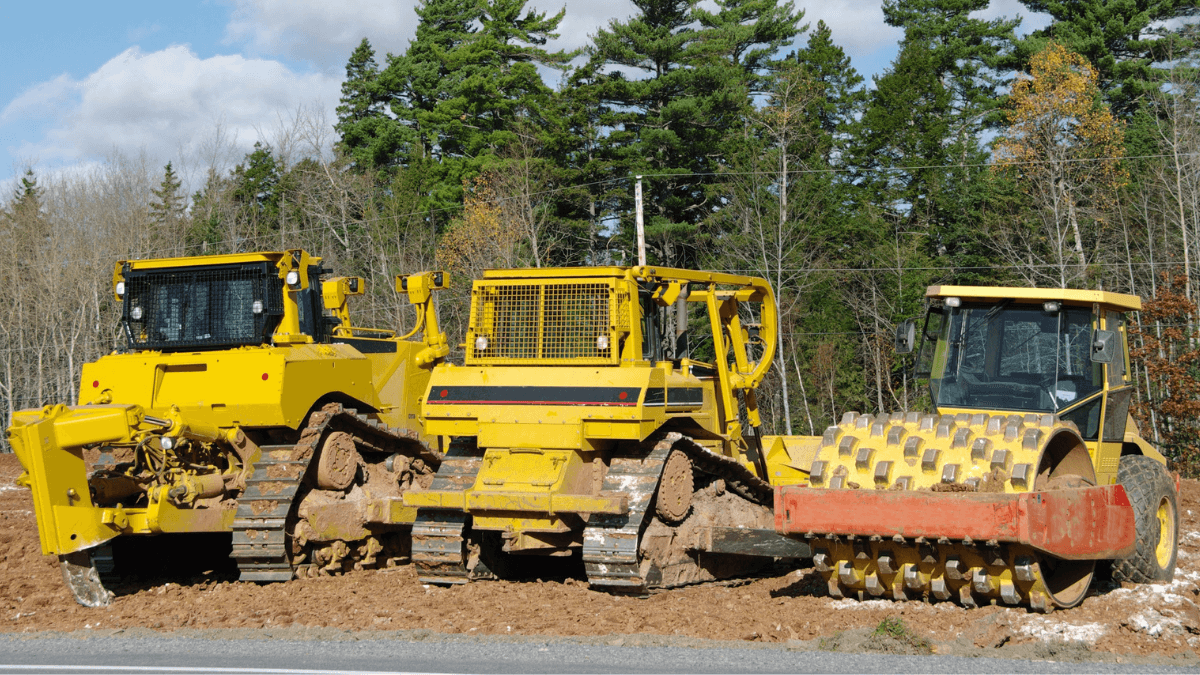Whether they occur during or post-construction, disputes can have severe consequences for contractors, their productivity, cash flow, and the bottom line.
This is especially true of those that can’t be resolved amicably.
Many common causes of construction disputes can be boiled down to project stakeholders working with erroneous, insufficient, or outdated information and not communicating well between themselves.
Nowadays, tech solutions that contractors use in their operations can also help tackle various causes of client disputes.
They can reduce the chance of errors, disagreements, and conflicts occurring, as well as facilitate their investigation and resolution.
So, let’s see how technology can do that.
In this article...
Tracks Project Changes
Many reports cite poorly defined or poorly managed project changes as one of the top reasons for construction disputes.
Technology that facilitates the tracking of project changes can help prevent such potential disputes.
When an issue does come up, such technology can provide insight into who made the changes, when, and why, as well as who authorized them.
This information helps conduct a swift and effective investigation, and thus bring about a fair resolution of the dispute.
For example, when collaborative 2D or 3D software, such as Building Information Modeling (BIM), is utilized in the project design phase and throughout the project lifecycle, including post-construction, it will contain a record of all design changes that were made.
In essence, BIM-enabled software integrates all project data, plans, drawings, and models provided by architects, engineers, contractors, and other stakeholders into one digital 3D model, providing them with a perfect collaboration tool.
Among its many advantages, this technology enables everyone involved in the project to track (and get notified of) all project changes in real time.
Furthermore, BIM software allows all teams and models to be coordinated from a single source of truth, as advertised by Autodesk.

Since BIM enables project stakeholders, including the client, to visualize all design details and see how they fit, they can identify potential design errors or clashes and immediately address them, thus avoiding costly rework and project delays and preventing potential disputes with the project owner or subcontractors.
As for actual disputes, BIM software will record all design changes, such as who made them, when and why, and who authorized them.
Naturally, when a problem arises, and accountability becomes critical, this BIM feature can ensure quick and fair dispute resolution.
Thus, by tracking all project design and specification changes, BIM not only provides a clear record in case of any disagreements, but also reduces the chance of conflict by minimizing errors and facilitating collaboration and coordination between stakeholders.
That said, there are a host of other construction management solutions that, regardless of whether they are integrated with BIM, can help contractors track project changes and ensure efficient change order management, thus preventing potential disputes or assisting in their swift resolution.
Analyzes Project Data
Construction businesses are already using construction management software to collect and analyze various project data, which is then used to improve operations like cost estimating, project budgeting and scheduling, etc.
This technology can also be used to analyze data across several past projects. Consequently, it can identify common risks and liabilities that cause problems or disputes.
And lastly, it could be a great starting point if you want to develop a strategy for dispute resolution in future projects, because this strategy would be based on informed decisions backed by data.
Let’s look at the most common causes of construction disputes, and then we’ll consider how historical data analysis can help contractors establish a proactive dispute avoidance and resolution strategy:
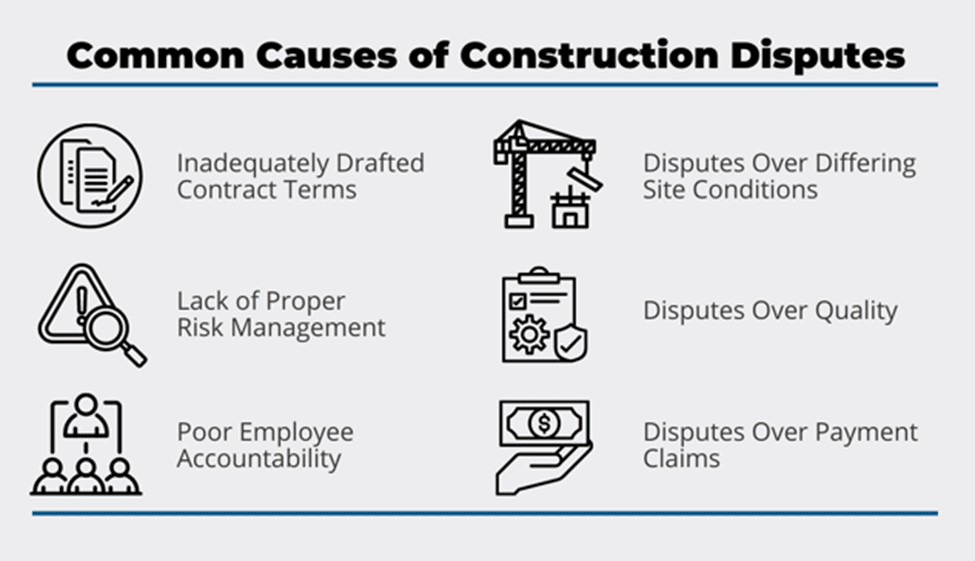
We’ve already mentioned how identifying project-specific risks, constraints, and interdependencies, i.e., proper risk management, can help avoid many potential disputes down the line by pinpointing the contractor’s liabilities that should be addressed in the contract or otherwise.
Different software solutions can analyze the data from past project risk assessments, which can then be compared to all the information about a new project.
Coupled with an experienced construction team, this enables contractors to identify the highest project risks, modify their contracts accordingly, and keep the client’s expectations in check.
And that’s just one way in which data analytics help with client disputes.
Various end-to-end construction project management solutions and their data analysis features can be used to minimize or help investigate and solve many disputes.
For example, Procore’s software suite will allow you to manage projects, analyze data and identify risks and efficiency gaps in conjunction with BIM.
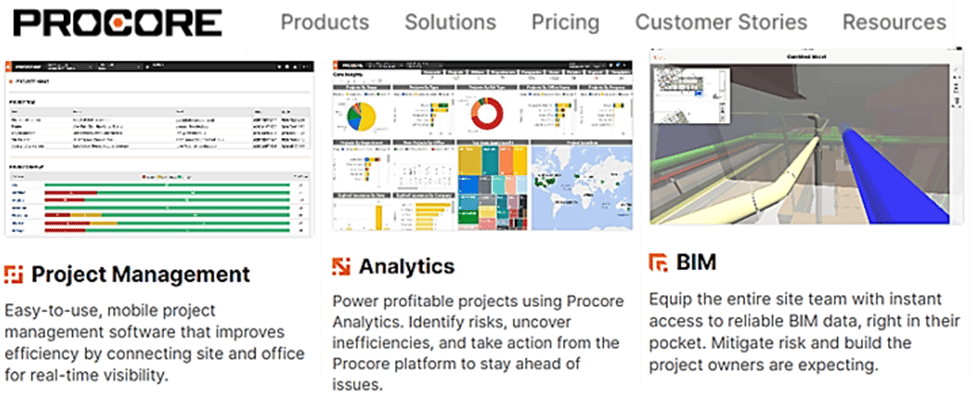
Naturally, project data analytics are also of great help when disputes are investigated, as such solutions will store the results of different data analyses used to make project management decisions, which could be questioned in the case of a dispute.
Likewise, different GPS tracking devices, and internal and external sensors, enable project managers to collect and analyze heaps of data on how project resources like labor, equipment, and materials are used, along with who made the relevant decisions and when, as well as who approved them.
Overall, the technology that enables past and present data analysis allows you to identify project risks and liabilities, create an adequate dispute resolution strategy, and also helps in investigating and solving disputes.
Identifies Project Defects
Technology can be used to determine how project defects occurred, thus helping contractors deal with client disputes in a more time and cost-efficient way.
In other words, non-invasive technology such as thermal imaging, laser scanning, and smart systems can be used to identify defects in work quality, materials, or performance during the project and after its completion.
And they can do so in ways that are less disruptive, costly, and time-consuming than uncovering project defects by traditional means would be.
One common example is using thermal imaging for leak detection, which helps identify not just where the leak is but also what areas are affected by moisture damage.
This facilitates the process of determining what caused the leak and whether the contractor, client or insurance should pay for the resulting damage.
For instance, if you were in New York, you could hire these thermal imaging experts to help you investigate what happened and assess the damage in a cost-efficient way.
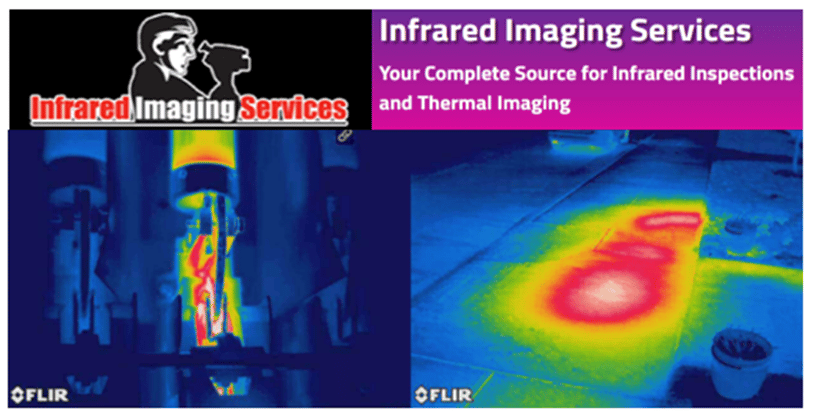
However, another technology is transforming the way builders do things on a much bigger scale—laser scanning.
This technology can be used to capture an accurate 3D representation of the project’s as-built conditions, which can, in the case of dispute, be compared against the project’s BIM models, design drawings, and specifications.
This feature alone is highly useful when project defects occur, and the involved parties need to identify what went wrong, when, and why.
But, some contractors perform 3D laser scanning upon completion of each project milestone as a way of tracking progress and checking whether all design elements have been installed in the right place before the project continues.
Naturally, there are already companies specializing in doing that for you, like Multivista and their scan-to-BIM services.
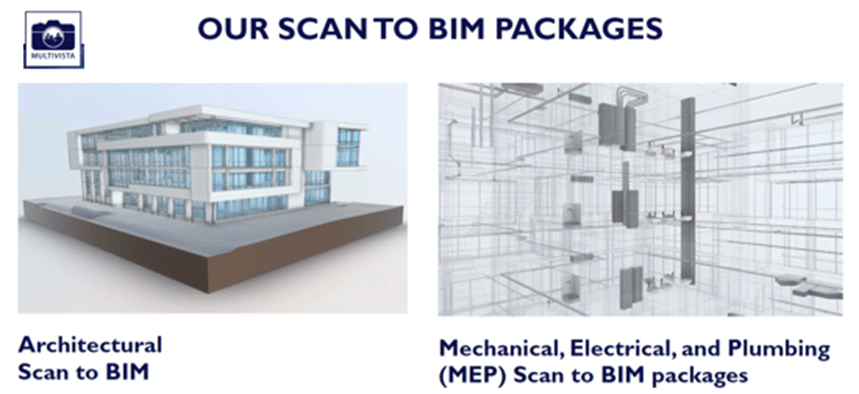
When project milestones are scanned, and a dispute arises, everyone involved, including lawyers, insurers, arbitrators, or jurors, can see a 3D depiction of how various project stages progressed and where and how things went wrong.
Finally, since many buildings and equipment are now fitted with sensors and other solutions related to the Internet of Things (IoT), these smart systems allow users to track different aspects of the building’s or equipment’s performance, identify potential defects and address them.
Additionally, users can also investigate and determine the causes of the defects, responsible parties, and the costs of repairing them.
Overall, using these and other non-invasive technologies can help contractors identify project defects and deal with client disputes in a less disruptive, costly, and time-consuming way.
Organizes Project Documentation
Even simpler construction projects require a lot of project documentation, while more complex ones generate a seemingly endless stream of documents, both paper and digital.
Those documents range from construction contracts, blueprints, and technical specifications to change orders, daily reports, and subcontractors’ invoices.
Naturally, staying on top of all these documents requires efficient record-keeping and document organization.
Anything less than that can potentially cause disputes and/or prevent their favorable resolution.
And we can safely say that technology reigns supreme in construction document management, enabling project documents to be kept and organized so that their present and past versions can be easily searched and retrieved when necessary.
Nowadays, the best way to efficiently avoid or resolve disputes is to digitize and integrate all project documentation in a central database that can be accessed by all stakeholders, i.e., cloud-based document storage like the one BuilderStorm offers.

This and other document management solutions provide secure and convenient storage of all construction documents, including digital images of all paper-based documents, that project stakeholders can access at any time and easily search and manage files.
Of course, if there’s a dispute, this single source of truth provides a clear record of any document changes or revisions that were made, who made them and when, and who signed off on them.
Thus, avoiding client disputes and facilitating their favorable outcome can also be achieved by organizing project documentation in a cloud-based document management system that’s seamlessly integrated with other solutions in the construction company’s tech stack.
Compiles Required Evidence
In essence, the most useful feature of various tech solutions is that they collect data, thus also gathering evidence that can be required to address disputes.
In other words, technology allows all interested parties, including construction claims specialists, insurance investigators, and lawyers, to access, search, and retrieve relevant information in a few minutes instead of spending days or weeks rummaging through boxes and boxes of paper files.
So, let’s look at a few examples of how different construction management solutions used by contractors to streamline their operations also help compile required evidence when necessary to address disputes.
For instance, the mobile app Raken allows construction team members (including subcontractors) to write up daily reports on their mobile device (smartphone, tablet, laptop), add photos and videos, and send them to the office in digital instead of paper form.

However, in addition to streamlining field-office communications, this app also creates the perfect digital trail of evidence when a dispute arises.
For example, investigators can easily search all those daily reports, along with attached documents, photos, or videos, to find out what happened on-site, including any issues or incidents, without needing to locate, review, and decipher each hand-written or poorly scanned report.
Another technology that can facilitate evidence-gathering and help in addressing disputes is asset tracking.
In other words, solutions that enable GPS tracking of construction vehicles, equipment, tools, and materials also gather plenty of evidence that can be useful in avoiding and solving disputes.
For instance, our cloud-based app GoCodes Asset Tracking allows contractors to see where all their equipment and tools are, thus helping them prevent issues like misplacement, theft, and poor maintenance from turning into client disputes by causing delays and cost overruns.

We highlighted three GoCodes Asset Tracking features that can be useful when compiling evidence for different incidents and disputes.
For instance, when valuable tools or equipment are lost or stolen, the contractor and—if necessary—police officers can see the last known GPS location of the missing item, along with who used it last.
When the item is found, the secure QR code tag serves as proof of ownership.
Both of these things not only assist authorities in finding the missing item but also help insurers determine the extent of damage (cost of loss, downtime, or delay) for insurance purposes, thus preventing potential conflicts with the client or subcontractors.
Furthermore, if equipment breaks down and causes a project delay, claim investigators can easily access and review maintenance records and determine whether the said equipment was regularly maintained, as that’s often one of the conditions for claim payment.
Overall, when it comes to construction disputes, it can be said that the single most useful feature of technology is digital data collection, which allows interested parties to easily compile the necessary evidence to prevent and quickly solve disputes.
Conclusion
So, we’ve seen how various tech solutions used by contractors to make their job easier also help avoid and prevent client disputes by gathering evidence, investigating, and resolving any issues that arise.
Ultimately, utilizing the right tech solutions to digitize, automate, and streamline your construction operations will also provide added security that, if client disputes occur, the required evidence can be easily compiled because project documentation is organized, data analyzed, changes tracked, and defects identified.




